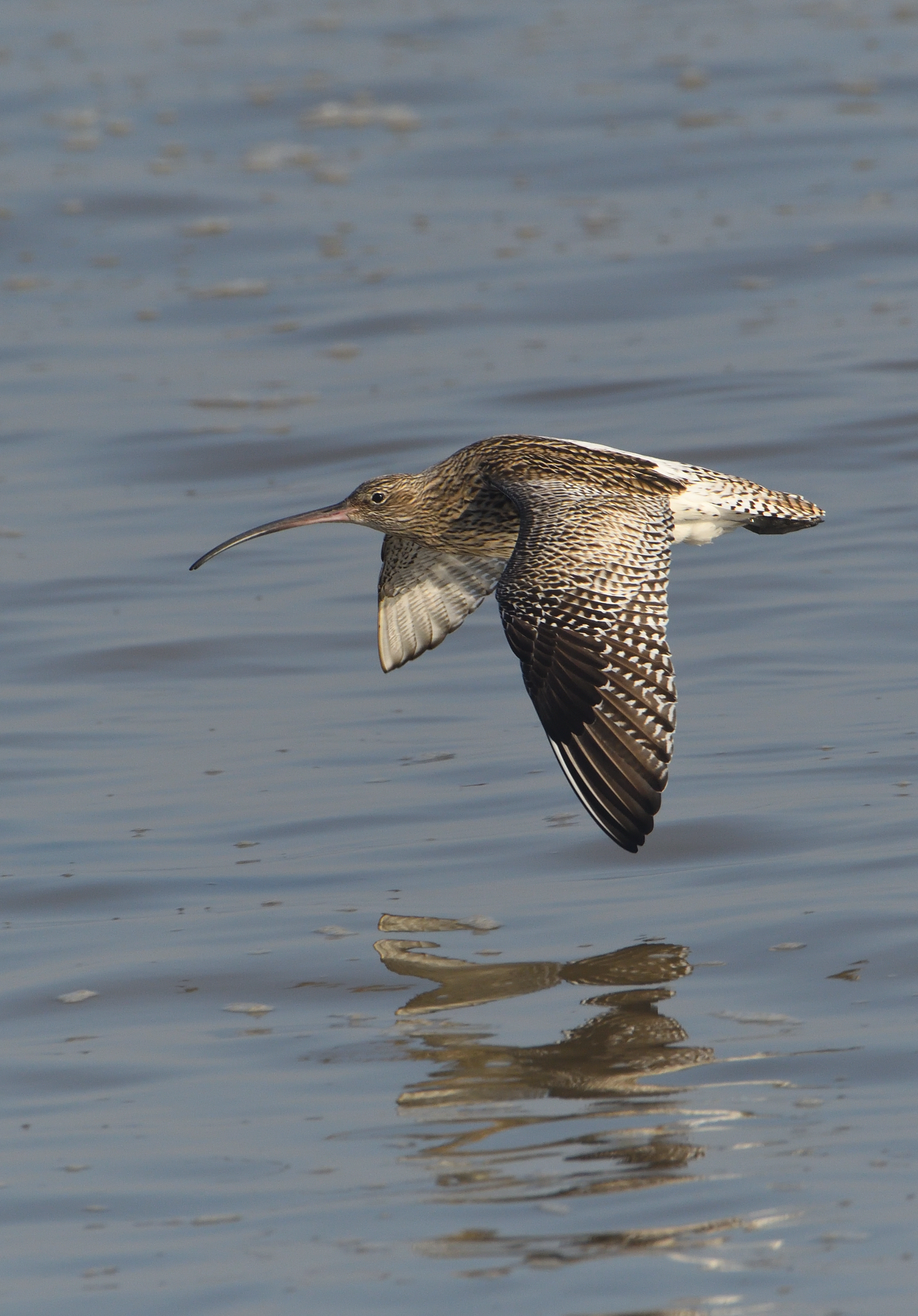Birds of the Foreshore
My home location in France, is 3 hours from my nearest coast, so whenever I get back to my old UK home, the first 'port of call' is always my old local beach at 'Minnis Bay' in Kent. I used to spend many happy hours, walking the coast and photographing the seabirds there and my recent visit, once again, did not disappoint. Arriving in February, gave me the opportunity to see the wintering birds, before they all left to head back up to the arctic circle.
The weather was not great, but perseverence paid off and the following images are a nice record of my recent visit.
20 years ago, the Little Egret was considered an exotic bird and a very rare visitor to the UK coastline, but nowadays, they are commonplace on the North Kent coast. Global warming has seen them venture further north in Europe and of course, across the channel.
Redshanks are easily recognisable by their long red legs and long, red based bills. They feed on small crustaceans and can often be seen wading in the shallow water at the tide line.
The unmistakable Oystercatcher is common around the UK coastline and they are particularly striking when seen 'in-flight', when their broad white wing bars can be seen. Thier orange beak, eyes and pink legs, really stand out against the black & white body.
Herons are not normally asociated with the shoreline, but over recent years, they have been found more frequently searching the low water line for food. Herons are scavengers and will eat almost anything, including other birds!
If you enjoy my blogs, please share them on facebook etc.



























Love the Curlews they are amazing birds. Another great selection of photos of birds I very seldom see. Not often we get to the coast!!! Cheers Diane
ReplyDelete